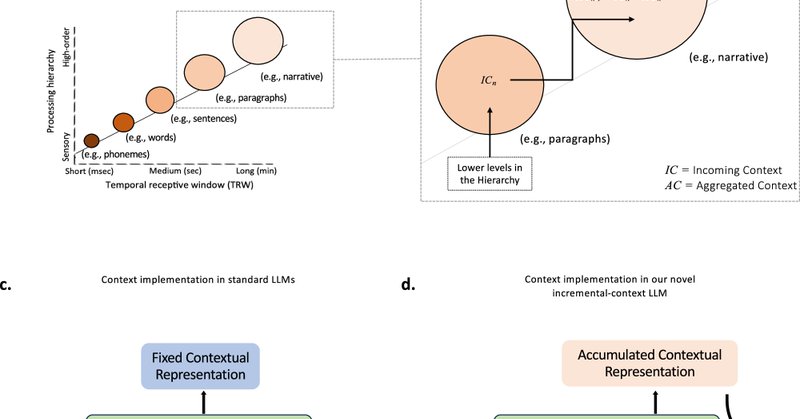
Refael Tikochinski
@R_Tikochinski
Followers
37
Following
5
Media
10
Statuses
17
NLP and Neuroscience PhD student
Joined September 2011
Very excited to share our new paper published in Nature Communications @NatureComms (link below). This work is part of my PhD research under the supervision of @roireichart (Technion), @HassonUri (@HassonLab), and @ArielYGoldstein, in collaboration with @YoavMeiri.
1
3
9
Our paper has been accepted for publication in Cerebral Cortex. Here is the link: . The latest version is also available for free in our bioarxiv link below. @roireichart @ArielYGoldstein @HassonLab @YeshurunYaara.
Very excited to share our new preprint, part of my PhD research under the supervision of @roireichart (Technion), @HassonUri and @ArielYGoldstein (@HassonLab), and in collaboration with @YeshurunYaara.
0
3
8
Very excited to share our new preprint, part of my PhD research under the supervision of @roireichart (Technion), @HassonUri and @ArielYGoldstein (@HassonLab), and in collaboration with @YeshurunYaara.
biorxiv.org
Computational Deep Language Models (DLMs) have been shown to be effective in predicting neural responses during natural language processing. This study introduces a novel computational framework,...
2
5
18












